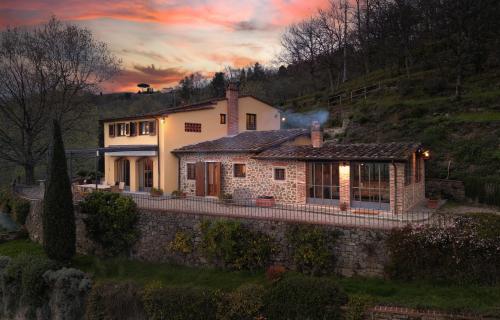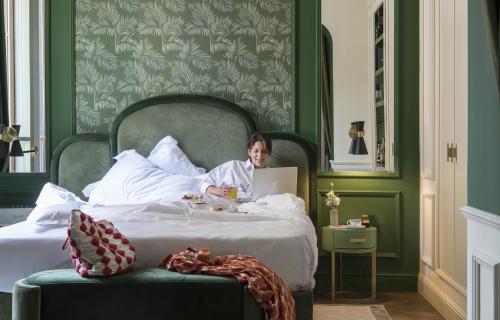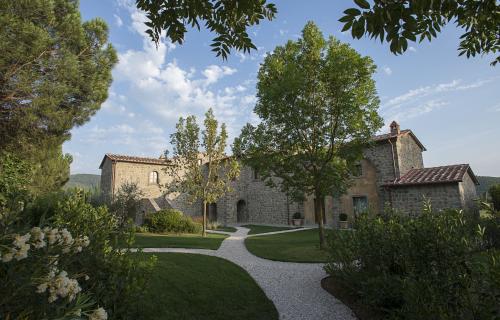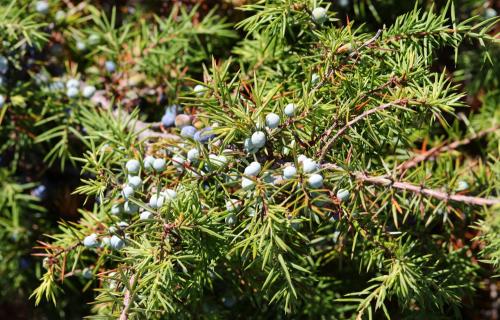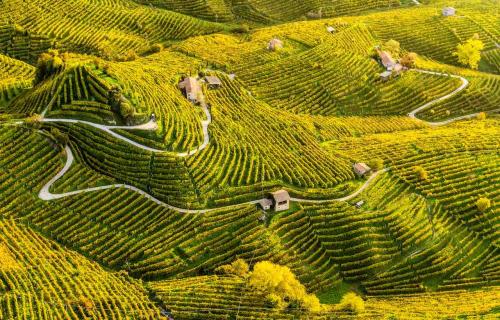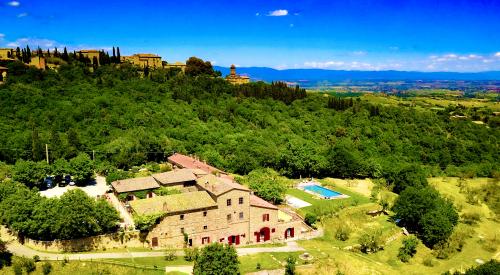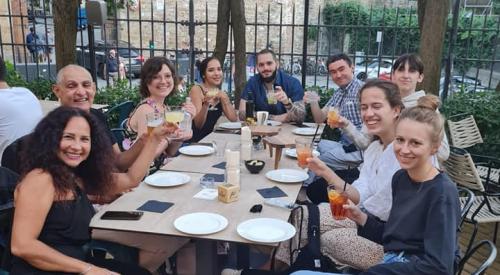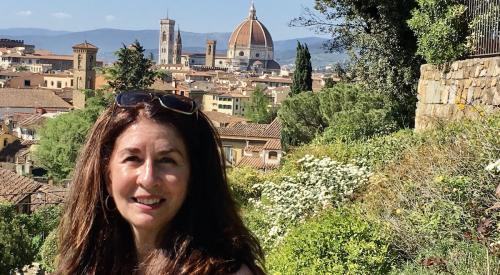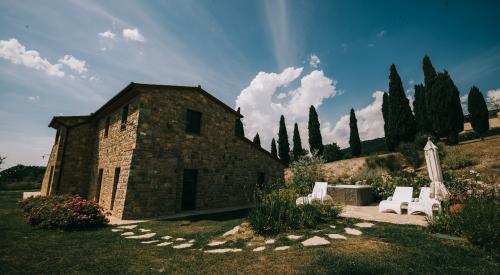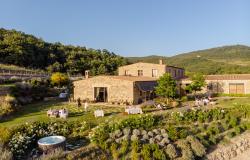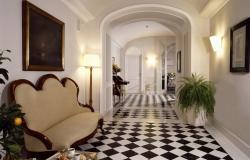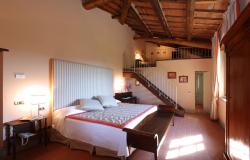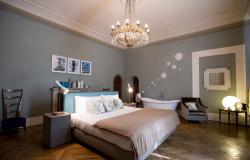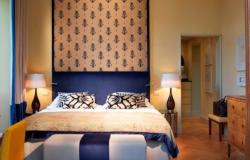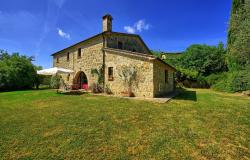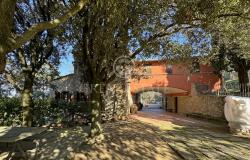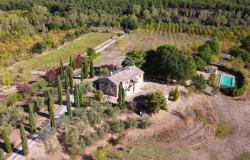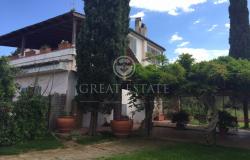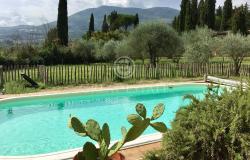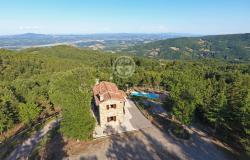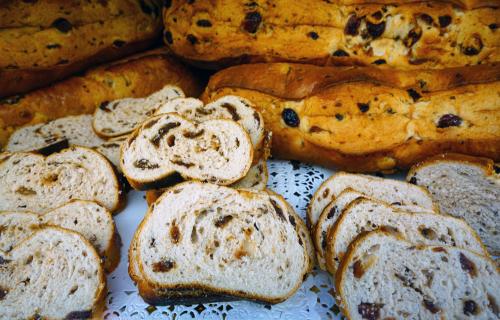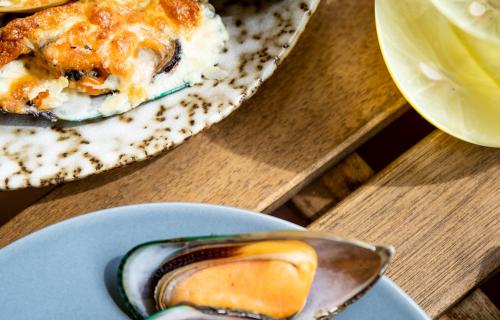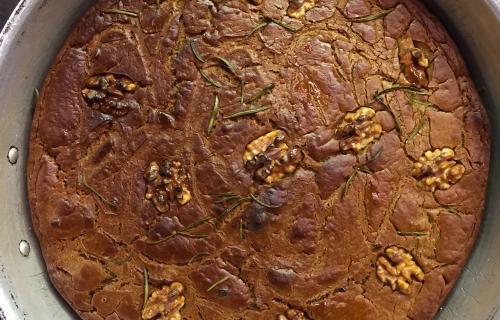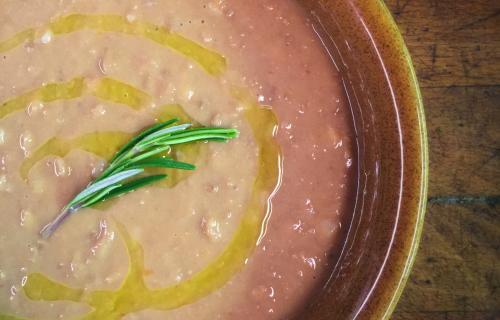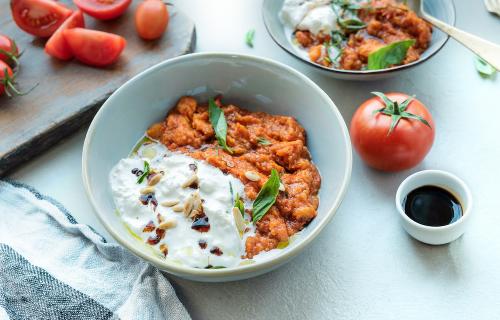Hi, can anyone help on this site please?
Siena (Tuscany)
The Essential Guide to Siena
Located in central Tuscany, Siena bewitches visitors with its medieval brick buildings, Gothic architecture and UNESCO's inscribed historic center. Siena is famous for its cuisine, art, museums, medieval cityscape and the Palio, a traditional medieval horse race run around the Piazza del Campo twice each year, on 2 July and 16 August. The shell-shaped central square, Piazza del Campo, is the site of the Palazzo Pubblico, the Gothic town hall, and Torre del Mangia, a slender 14th-century tower with sweeping views from its crown. The city’s 17 historic “contrade” (districts) extend outward from the piazza. Home to the oldest bank in the world, the Monte dei Paschi di Siena, which has been operating continuously since 1472, Siena was one of the most important cities in Italy in medieval times while, during the Renaissance, it was embellished by native artists, such as Duccio, Ambrogio Lorenzetti and Simone Martini, who also had an influence on Italian and European art.
Planning your trip to Siena - what you need to know
Best times to visit Siena
Siena is located in a hilly area in the center of Tuscany, about 350 meters above sea level. It enjoys a temperate Mediterranean climate, with hot and relatively dry summers and cold and relatively humid winters. The wettest season for Siena is the fall. Thanks to the hills, summers are not excessively hot, with average temperatures around 28°C and July and August being the hottest months. Even during the summer, Siena's hilly position makes visiting the city pleasant, much more so than nearby Florence, which generally has summer temperatures a few degrees higher.
Siena can be visited year-round, but based on ideal climate conditions, cost of travel, and avoiding peak holiday periods, April-June is the best time to go.The month of September is also great for visiting Siena. Winter can be cold and rainy, but if you are lucky enough to come across a sunny day, which is not uncommon in winter, you will have the opportunity to visit the city with few tourists around and at its most authentic.
Traveling to Siena - how to get there
Siena can be reached by train. The easiest way to get to Siena by train is from Florence, which takes about about 90 minutes with no change of trains. From Rome, it is a longer trip, three and a half to four and a half hours, depending on the trains you choose, with one change needed.
Siena’s train station is at Piazza Roselli, far below the city center, about 3km from it. To get into town, get a local bus ticket in the station café for the 8,9, or 10 into Piazza Gramsci or walk the winding uphill sidewalk route through the 20th-century urban sprawl.
You may want to consider taking a bus to reach Siena from Florence, as it’s often easier and faster; besides, buses let you off right in town at Piazza Gramsci, at the edge of the historic center.
Siena can also be reached easily by car, in about one hour and 15 minutes from Florence and about two hours and 30 minutes from Rome. There are several parking lots just outside the city gates.
The nearest airports are Florence and Pisa, respectively about one hour and one hour and a half from Siena.
*Check our ultimate guide to train travel in Italy.
How to get around in Siena
Cars are not allowed into the historic center of Siena, but there are several parking lots just outside the city gates.
Most of Siena’s highlights are located in close proximity to each other, and the historic center can be easily explored on foot. If you want to explore the Siena countryside, you will be better off renting a car.
What to see in Siena
Duomo - Begun in 1196, it is one of the foremost examples of Italian Gothic style. Many of the cathedral’s most notable decorative elements, including the octagonal marble pulpit carved with scenes from the Life of Christ by Nicola Pisano and the carved wooden doors on the main entrance, date to the late 13th century. Fifty-six floor panels of inlaid marble narrating biblical and historical scenes, created between the mid-14th and 16th centuries, are the cathedral’s most prized feature and only shown to the public during a few weeks in the summer. Off the north aisle, a door leads to the Library of Piccolomini (Pope Pius II), which contains his personal book collection and a series of vivid frescoes depicting Piccolomini’s life by Bernardino Pinturicchio. Climb the 131 steps of the corkscrew stairway along the façade of the “Nuovo Duomo” for an expansive view of the city. The southern aisle of the Nuovo Duomo has been enclosed and turned into the Museo dell’Opera Metropolitana (Museum of Metropolitan Artwork), containing Duccio’s striking Passion and Maestà and Pisano’s original sculptures from the cathedral’s façade.
Piazza del Campo - Piazza del Campo, or simply the Campo, is Siena’s main square. With its unique shell shape and architectural integrity, it’s considered one of Europe’s greatest medieval squares and has become the symbol of this Tuscan city. Piazza del Campo is also the location for the thrilling Palio di Siena, which takes place twice a year. From the piazza, 11 narrow streets radiate into the city. It is still the center of the city’s public and civic life. Piazza del Campo is also famous because it hosts the Palio delle Contrade twice a year, on 2 July and 16 August. The race consists of three laps around the track that surrounds the square.
Palazzo Pubblico - Palazzo Pubblico has been Siena’s town hall since the 1200s. Nearly every major room in the palace contains frescoes. The most famous is Ambrogio Lorenzetti’s "Allegory and Effects of Good and Bad Government," in the Hall of the Nine (also known as Sala della Pace).
Torre del Mangia - located in Piazza del Campo, next to the Palazzo Pubblico, it was one of the tallest secular towers in medieval Italy at the time it was built. At 102 m, it is now Italy's second tallest after Cremona Cathedral’s Torrazzo (112 m). Go up for sweeping views of the city and countryside.
San Domenico Church - Santa Caterina, Siena’s patron saint who received visions and the stigmata at a young age, took her vows here in the Cappella delle Volte, and the only portrait of her painted during her lifetime is kept above the chapel’s alter. Frescoes by Sodoma depicting scenes from the saint’s life adorn St. Caterina’s Chapel, along with several relics, including desiccated pieces of her body.
Santa Maria della Scala - Located across from Piazza del Duomo, Santa Maria della Scala was one of Europe's first hospitals, offering assistance to abandoned children, the poor, and pilgrims. Now a museum, it offers a fascinating look at medieval medicine.
What to eat in Siena - Eat like a local
You will get to experience the wonderful Tuscan cuisine when in Siena. The typical pasta is pici, a thicker type of spaghetti, often served with game meat like hare, boar, or duck, but also cacio e pepe or other vegetarian versions.
Tuscan cuisine is heavy on meats, especially wild boar, Chianina, ragu sauces, and the signature Florentine steak.
Vegetarians will enjoy the classic ribollita, a nutritious thick soup prepared with black cabbage and beans, vegetables and stale bread.
As for sweets, make sure you try ricciarelli, delicious chewy almond cookies that are a specialty of Siena.
Tuscany is one of Italy's most famous wine regions, so you’re in for a treat if you enjoy wine. Chianti Colli Senesi, Brunello di Montalcino, Nobile di Montepulciano and Vernaccia (the latter white) are all typical of the area. Take a trip to the countryside to taste them where they’re made, at a local winery.
Tuscany Highlights
What you can't miss in Tuscany
Where is Siena

Top Experiences in Tuscany
Best places to stay in Tuscany
Properties for sale in Tuscany
Recipes From Tuscany
What others are saying about Tuscany
Hello, I'd be grateful for your thoughts about geometra's fees and processes. We have a (tiny!) house in Tuscany that we are wanting to extend (under the 20% permitted development) and have approached a geometra (recommended to us by our estate agent). We have been quoted 7,400 euros +VAT +CNPA
Hello,
Im seeking an Experienced & Fully-certified English-speaking GENERAL CONTRACTOR (PROJECT MANAGER) for a Tuscan home Im seeking to renovate in the Massa Carrara vicinity.
If you are this person or have knowledge of such an individual, do pass me their coordinates.



